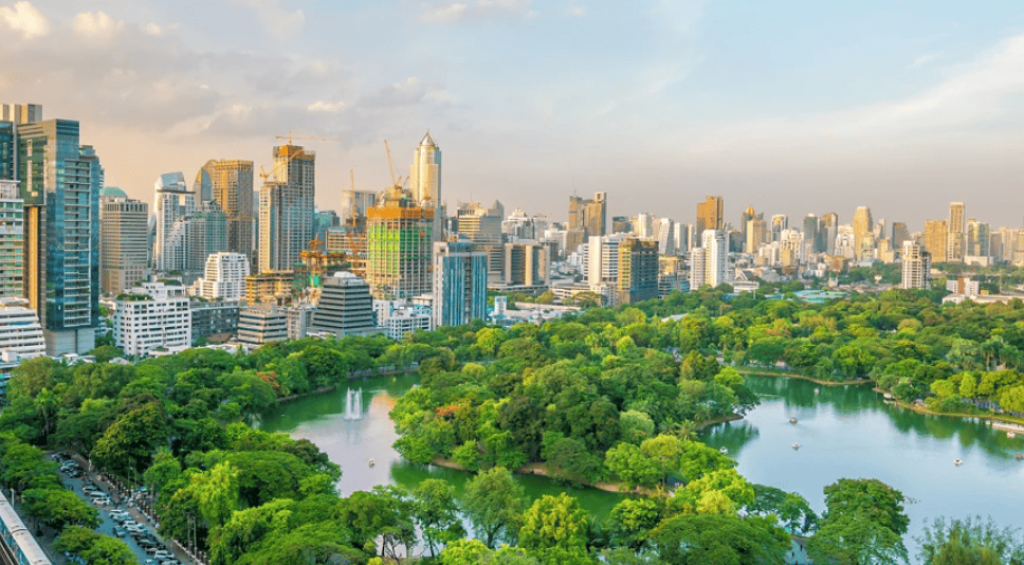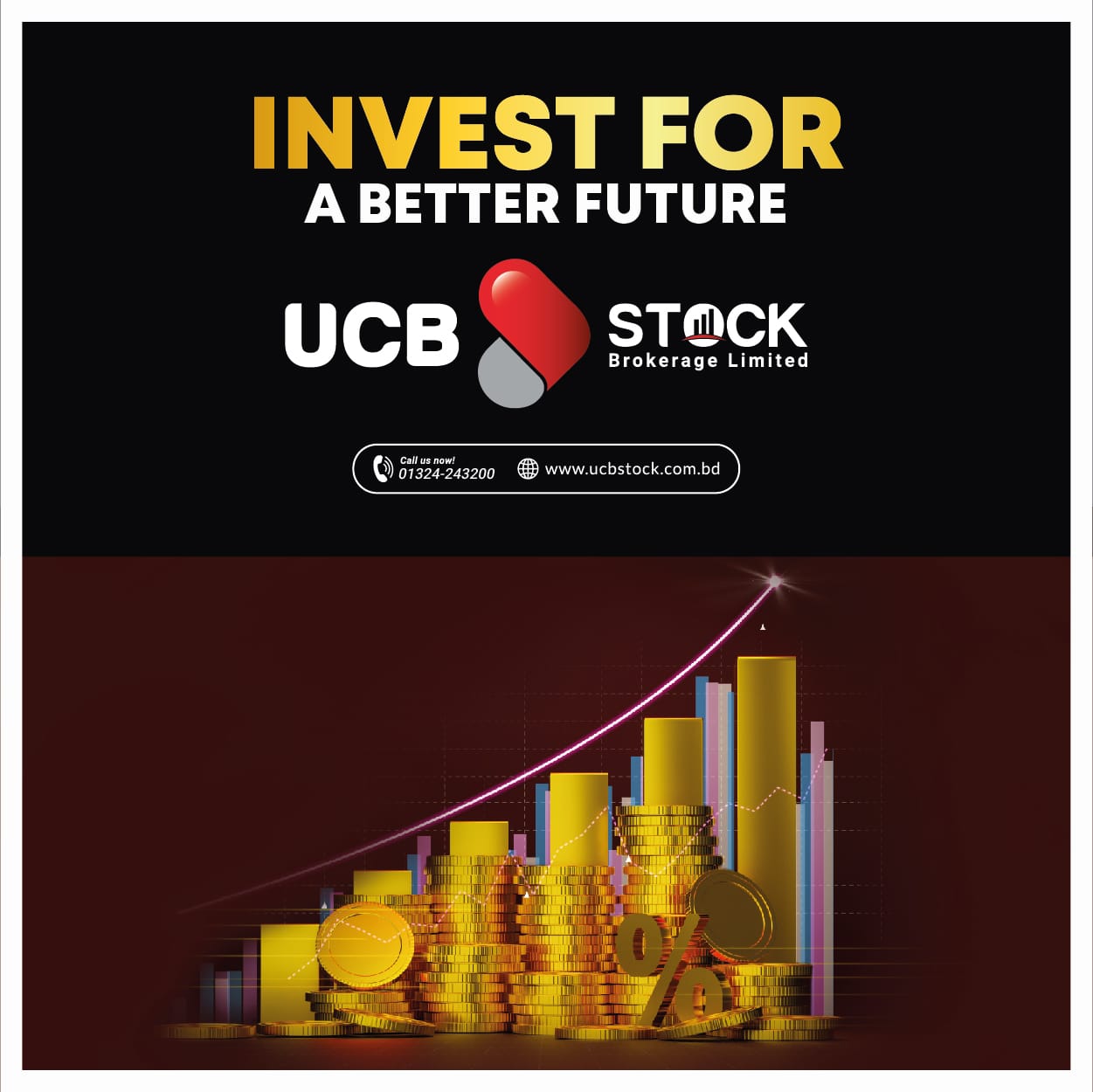Cities are engines of economic growth and job creation, and their future pathways will shape global development outcomes for decades to come.
But the success of this transformation depends on making the right investments now—investments that strengthen essential infrastructure, unlock new jobs, and build cities that are more sustainable and resilient.
The charts below visualize the key findings from the World Bank’s Banking on Cities report, which estimates the annual investment needed through 2050 to support resilient and low-carbon urban development across low- and middle-income countries.
These are not additional “climate costs.” They’re the foundational investments cities need to function well and grow equitably in a changing world. Done right, they can drive productivity, improve services, reduce fiscal risks, and create millions of local jobs.
So how much investment is needed? What are the key investments in different sectors? And where can cities and countries find the resources to fund and finance this transition?
Scroll down to find out.
The World Bank’s Banking on Cities report estimates the total cost of the investments needed for resilient and low-carbon urban development in low- and middle-income countries through 2050.
It includes both low scenario cost estimates…
…and high scenario cost estimates, developed to establish a range based on investment and policy choices, climate and urbanization projections, and varying unit costs.
Across all sectors, resilient and low-carbon urban investments in all low- and middle-income countries will cost between US$ 256–821 billion per year through 2050, depending on the scenario.
By sector, flood protection will require the most investment, requiring an estimated US$ 82–501 billion each year through 2050.
Flood protection includes the investments required for dikes and levees, dry floodproofing of public buildings (preventing water from entering buildings), stormwater drainage, and nature-based solutions for coastal and river flooding.
Building energy is another critical sector, covering the investments required for energy efficiency improvements and rooftop solar energy in new and existing buildings, including all costs related to public buildings and subsidies for private buildings.
Transportation includes the investments required for low-carbon urban transportation (like public and active transportation and electric vehicle charging infrastructure), as well as investments in the resilience of urban roads.
Solid waste management includes the investments required for waste collection, sorting, landfills, landfill gas capture, composting, anaerobic digestion, recycling, advanced treatment, and energy recovery.
Heat resilience and water make up the remaining shares, including the investments required for urban greening and heat wave early warning and response, as well as investments related to flood and drought resilience of the water and wastewater sector and reducing emissions from wastewater.
This is what the investment needs look like across all low- and middle-income countries at a regional level in absolute terms, or millions USD per year.
These costs are greatest in the East Asia & Pacific region in absolute terms, requiring an estimated US$130–382 billion per year through 2050—about half of the global total.
However, in terms of share of GDP, things start to look different. Total investment needs represent between 0.8–2.6% of all low- and middle-income countries’ combined GDP.
The costs are greatest in Sub-Saharan Africa as a share of GDP, requiring 1.8–6.4% of the region’s GDP through 2050.
In comparison, costs in East Asia & Pacific represent just 0.7–2.1% of the region’s overall GDP—a much smaller comparative share.
By income group, upper middle-income countries have the highest costs in absolute terms, requiring an estimated US$ 178–582 billion per year through 2050.
When sorting by share of GDP, it’s the opposite: low-income countries have the highest costs, requiring 2.5–8.4% of these countries’ GDP per year.
Banking on Cities goes beyond highlighting costs—it offers a roadmap. It outlines which financing strategies are best suited to different investment types and explores how cities can mobilize resources from across the spectrum. Crucially, it urges to look beyond climate-specific sources of finance, recognizing that much of the investment will require tapping broader financing sources.
To sum up, Banking on Cities means betting on the engines of tomorrow’s growth, jobs, and opportunity. For low- and middle-income countries, the right urban investments can unlock enormous economic potential if they’re made wisely, inclusively, and urgently.
Source : World Bank



































































